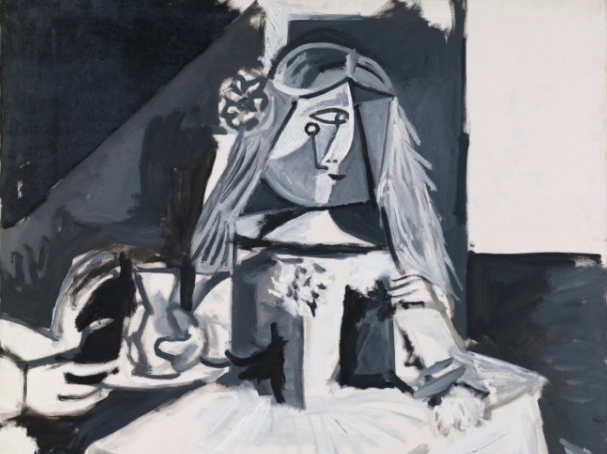
The National Gallery in London opens an exhibition this month devoted almost entirely to painting in black and white.
The exhibition will take visitors through seven rooms, each addressing an aspect of painting in black, white and gray, also called “grisaille” and dating back to the Middle Ages, when the technique was used in devotional work included to focus the mind.
The technique has been used to imitate stone sculpture and, more recently, the effects of photography and film. The use of minimal color is also seen in works by Ellsworth Kelly, Frank Stella and Cy Twombly, where it is used to maximize impact in abstract work.
More than 50 painted objects created over 700 years will be featured in the show, including works by old masters such as Van Eyck, Dürer and Rembrandt as well as contemporary artists including Gerhard Richter, Chuck Close and Bridget Riley.

Later, the show examines artists who have taken an interest in color theory and the psychological effects of color, manipulating hues to trigger particular responses in viewers.
Monochrome, of course, refers to the use of tones of any single color and not necessary black and white, and one of the show’s deviations from black and white, Olafur Eliasson’s immersive light installation “Room for one color”, is also one of its highlights. That work, which consists of a room bathed in yellow light, will bring the exhibition to a close.
“Monochrome: Painting in Black and White” opens Oct. 30 and runs through Feb. 18. JB
RELATED STORY:
‘Impressionists in London, French artists in exile’ to open at Tate Britain

